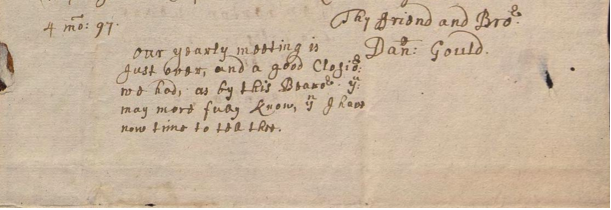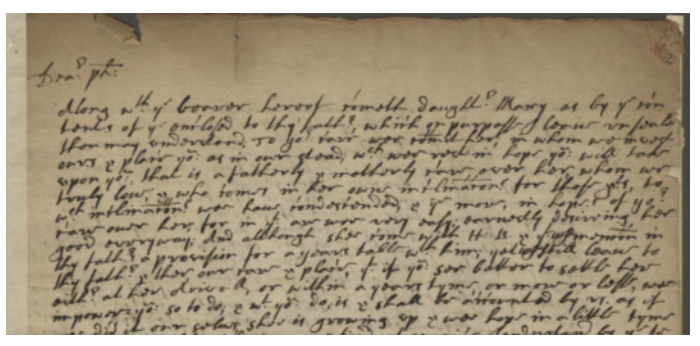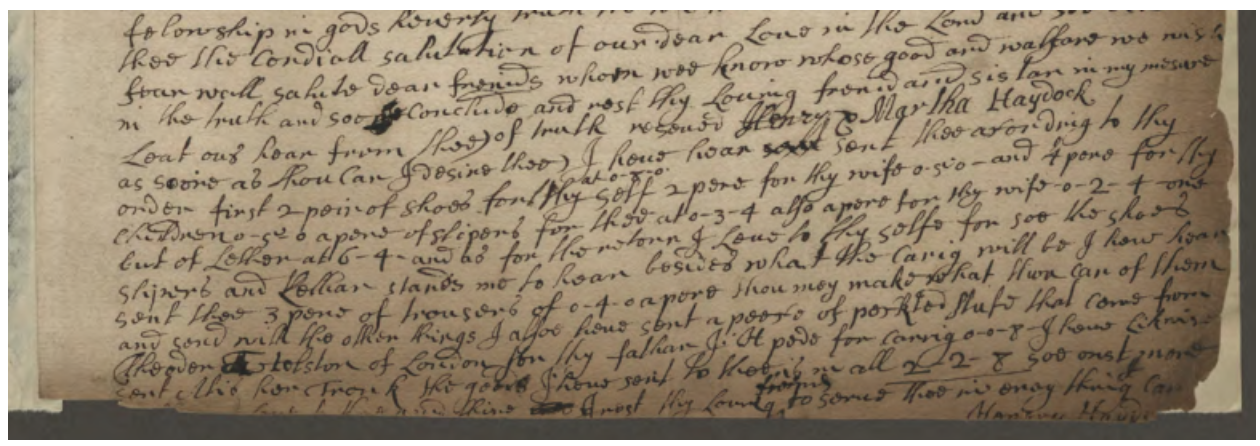Undergraduate and graduate students at the University of Central Florida have begun analyzing the letters in PRINT and documenting the project’s progress. They have drawn information from the correspondence and other primary sources – original documents from the period – to recover as much information as they could about the people, places, and themes mentioned in the letters. They also relied on secondary sources – historical studies – to place the letter writers in their contexts. In many cases, little is known about the ordinary people referenced in the letters. The stories they tell are intended to provide a starting point for further research.
In addition to stories about the people, places, and themes in the letters, students have also written about their experiences working on PRINT. The project is collaborative. Students bring their own goals and expertise to the team and integrate the knowledge they gain from working together into their own research and careers. You may find their reflections under “the project.”






